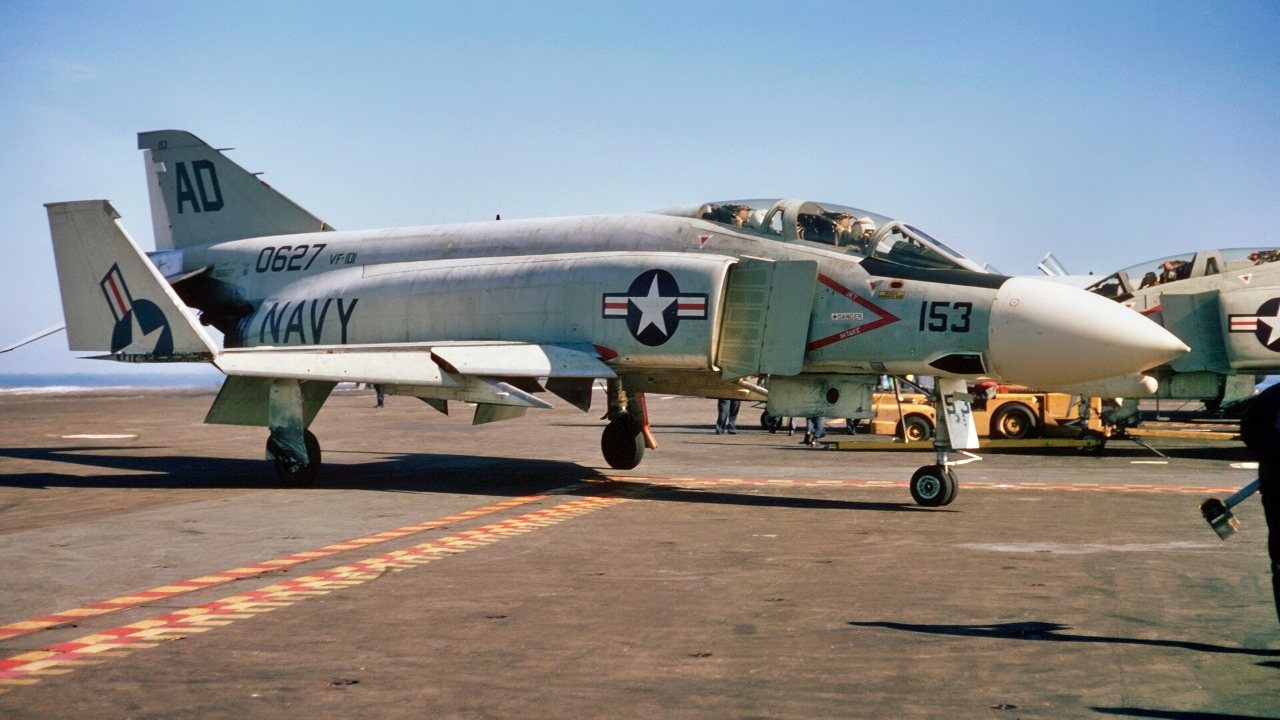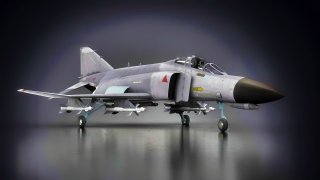The F-4 Phantom Fighter Is Slowly Fading Away
The F-4 Phantom IIs have been slowly retired from service, beginning with the older F-4Ds in June 2010, forty-one years after they entered service.
During live-fire drills earlier this month, some of the last of the F-4 Phantom II aircraft still in service with the Republic of Korea Air Force (RoKAF) fired air-to-ground AGM-142 missiles and dropped 500-pound MK-82 free-fall bombs for the final time. The AGM-142 “Popeye” missile was introduced in 2002, and it served as the primary strategic weapon for precision strikes until the deployment of the AGM-84H SLAM-ER in 2007.
The coming retirement of the F-4E next month will also mean the end of the line for the Popeye, as the Phantom II was the sole fighter aircraft in South Korean service capable of launching the AGM-142. It was noted for being able to strike a target with less than a one-meter error from a distance of around 100 km!
“Through live-fire training, I gained the confidence to hit any target immediately and powerfully,” Major Kim Do-hyung, commander of the 153rd Fighter Squadron, 10th Fighter Wing, Air Force, told Yu Yongwon TV. “I feel a special emotion to be in charge of the final live firing of Popeye, which was once the most powerful strategic weapon. The ‘Popeye Missile,’ which made enemies tremble, has disappeared into history, but the powerful majesty of this missile and the confidence they had while operating this missile will continue to remain in the hearts of the Phantom Men.”
Phantom II to fly off into the sunset
After fifty-five years in service, the RoKAF’s F-4 Phantoms will be officially retired on June 7. The all-weather, multirole fighter bombers first entered service with the South Korean military in 1969 and quickly gained a reputation as a reliable front-line aircraft. It remained the nation’s mainstay fighter until the development of the KF-16 in 1994.
The Phantom IIs have been slowly retired from service, beginning with the older F-4Ds in June 2010, forty-one years after they entered service. The RoKAF will also soon retire its aging F-5E/F Tiger IIs, and the F-4Ds and F-5s will be replaced by the F-35A Lightning II, FA-50 Golden Eagle, and KF-21 Boramae combat aircraft.
In March, a day after North Korean leader Kim Jong-un supervised artillery firing drills involving border troops capable of striking Seoul, the RoKAF conducted an “elephant walk” that consisted of thirty-three aircraft including the F-35A, KF-16s, F-15Ks, and the F-4Es.
The display of combat aircraft was part of the annual Freedom Shield exercise and was likely the final elephant walk to include the Phantom II anywhere in the world.

Originally designed in the 1950s by McDonnell Aircraft, the F-4 became a vital player during the Vietnam War, serving the U.S. military in both air superiority and ground attack roles, wrote Brandon J. Weichert for The National Interest. Notable for its remarkable speed, capable of reaching twice the speed of sound with a significant ordnance payload, the F-4 Phantom II showcased unparalleled versatility, making it an icon of mid-twentieth-century aviation.
Author Experience and Expertise: Peter Suciu
Peter Suciu is a Michigan-based writer. He has contributed to more than four dozen magazines, newspapers, and websites with over 3,200 published pieces over a twenty-year career in journalism. He regularly writes about military hardware, firearms history, cybersecurity, politics, and international affairs. Peter is also a Contributing Writer for Forbes and Clearance Jobs. You can follow him on Twitter: @PeterSuciu.
You can email the author: [email protected].


